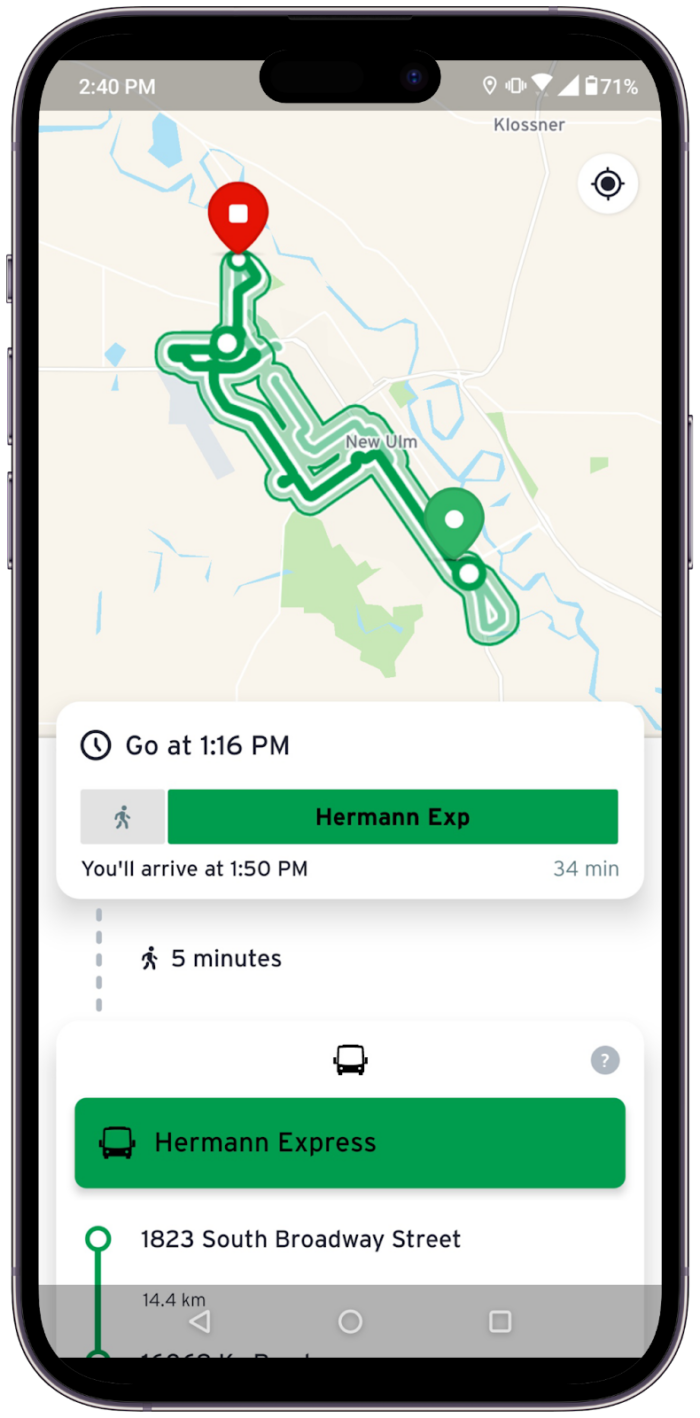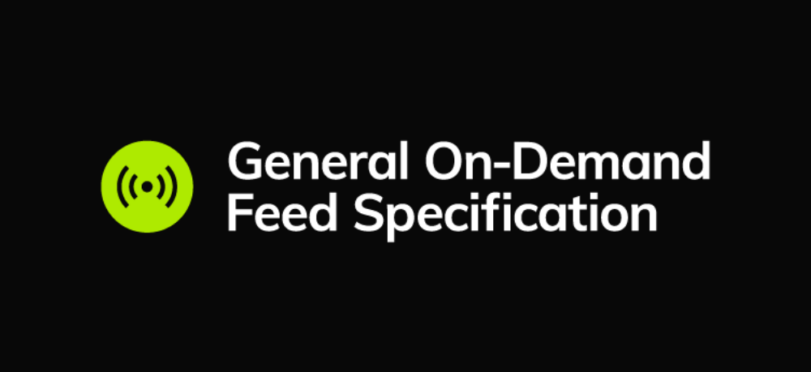🎉 GTFS-Flex is Officially Adopted: Everything You Need To Know

It’s finally official! After eleven years of development, including a major push in the last year, we’re incredibly excited to share that GTFS-Flex has been officially adopted into the specification.
In the last year we engaged with contributors across the globe by hosting four working group meetings, two GeoJSON discussions, and multiple stakeholder interviews, and as a result, GTFS-Flex received 18 votes in favour of adoption.
That’s the most votes in GTFS history!
We also want to acknowledge contributors that also were first adopters in the implementation phase of the project including Trillium, the first producer, and Transit App and OpenTripPlanner as the first two consumers.
So, now that Flex is officially adopted, let’s talk about how it can help you reach even the most remote of travellers.
What is GTFS-Flex?

Imagine a group of tourists arriving at your local airport who would like to reach a rural area that only offers an on-demand bus service. They check their preferred trip planner app and do not find a viable public transportation option, so they end up renting a car. Being tourists, they miss all of the flyers and signage along the hallway announcing the on-demand service. Not only is this service underused, but it lacks the discoverability to meet current and future rider demand. This is where GTFS-Flex comes in. GTFS-Flex helps riders discover more transportation services available to them.
In more technical terms, Flex was a GTFS extension project that aimed to facilitate discoverability of Demand Responsive Transportation Services. Now that it’s officially adopted into the spec, Flex is no longer considered an extension.
GTFS-Flex in Action
Now that we know what Flex is, let’s talk about what it can do.
To integrate Demand Responsive Transportation Services into rider-facing trip planners, GTFS-Flex extension includes the following information:
- The service area polygons where demand-responsive services can pick up or drop off riders.
- Sets of unordered stop points (stop collections) where demand-responsive services can pick up or drop off riders.
- The time window during which the service can pick up or drop off riders.
- Requirements and instructions regarding booking services, including the maximum and minimum lead times before the scheduled service, booking phone numbers, booking service and information web page URLs, and any other relevant message about bookings.
With the information mentioned above along with the existing features of GTFS, GTFS-Flex enables trip planners to present riders with more diverse options, including demand-responsive services for scenarios such as the following:
Dial-a-Ride Service
The vehicle serves a zone where pickups and drop offs are allowed during certain service hours.

Route Deviation Services
The vehicle serves a fixed route and ordered set of stops, and may detour to pick up or drop off a passenger between stops.

There are other features available with GTFS-Flex too including:
- Point-to-zone service: the rider can board at a fixed stop such as a train station, and then alight anywhere within an area, or vice versa.
- Point deviation or checkpoint service: the rider can board at a fixed stop, and then alight anywhere among an unordered list of stops, or the opposite. The driver only serves stops at which a request is made.

GTFS-Flex Opens More Opportunities

GTFS-Flex perfectly encapsulates what our mission here at MobilityData is: better transportation through data. With Flex, agencies are able to provide the information that riders need to be able to make informed travel decisions, wherever they are trying to go. This is especially exciting for rural transit providers who can look to start or expand flexible transit services with the confidence that riders can find those services more easily.
So when can you start implementing GTFS-Flex? The time is now! By implementing GTFS-Flex we can ensure riders, no matter where they are, can discover the accessible transit options available when they need them.
Be Part of Future Developments
If you haven’t already, make sure to join our Slack and Github communities to take part in further DRT development and other GTFS extension projects!



